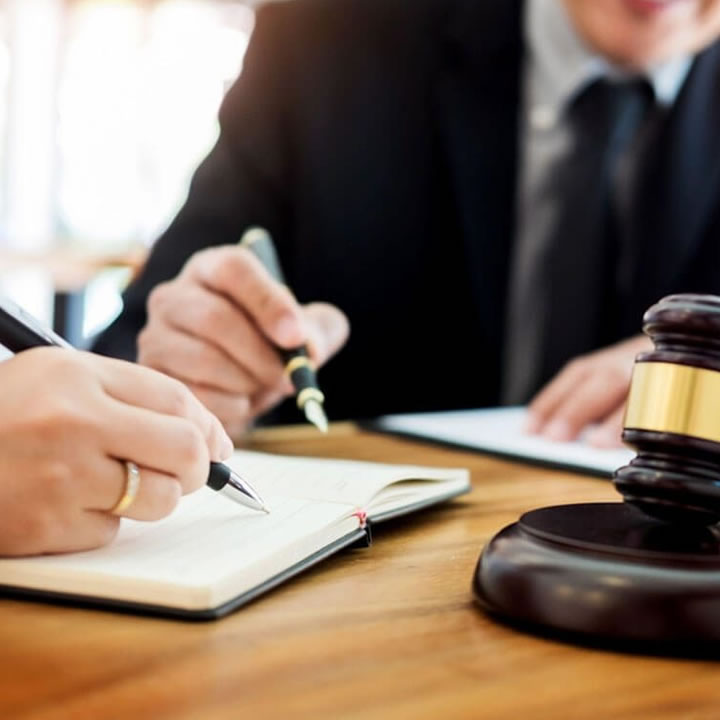A personal injury claim arises when an individual is injured due to the negligence of another party, namely someone or something else. Most of these claims are filed against companies or individuals who are considered to owe you damages for the harm caused.
It occurs either by taking away your life, such as with wrongful death, physically harming you, causing physical injury, or not providing products or services promised, to name a few.
For these damages to get paid out in every way possible, it’s important to have evidence.
According to MGA Law, if you were hurt in a slip and fall, here are types of evidence that are found in a personal injury claim:
1. Physical Evidence
Physical evidence is anything that can prove the identity of a person or thing, including things like photographs and video. If you’re involved in a personal injury lawsuit, physical evidence can help prove who was at fault for the injuries.
A physical example of this would be a photograph of the hazard that caused your slip and fall.
2. Surveillance Evidence
Video surveillance evidence is any film or videotape that captures an event in which you are involved. It may include images from security camera footage and cell phone video recordings.
Examples of surveillance evidence would be a video recording from security camera footage of your fall, or of the person that created the hazard which led to your fall.
3. Scene Evidence
Scene evidence includes anything that is left after the fall has occurred. Examples include blood stains, water on the floor, and anything else that contributed to the fall.
One can use this in a personal injury suit against a defendant for any injuries caused by their negligence.
4. Witness Evidence
Witness evidence is information from an individual who witnessed the accident or incident (called an independent witness).
An independent witness can be brought in to testify or give information regarding a personal injury claim. Moreover, this includes people who were directly involved in the situation or individuals who just happened to be nearby during an incident.
5. Documents for the Injury
Documents can be helpful to prove negligence, in addition to proving damages. Documents can be used in court to show that a company or individual was not responsible for the incident or damage.
This could include police reports, accident reports, medical records, receipts from a hospital or doctor, property records, and insurance company contracts.
6. Medical Evidence
Medical records are generally used for proving the extent and cost of injuries. Medical evidence may show injuries suffered by an individual due to another party’s negligence and that said party has been negligent.
Medical evidence is just one aspect of personal injury suits, but it’s one of the most important.
7. Expert Evidence
Expert evidence can be used during a personal injury claim to prove damages through a medical professional or investigator, such as an expert witness.
Evidence can be provided by medical experts, accident reconstructions or accident reconstruction experts, and forensic engineers who help investigate an incident.
It’s important to have evidence in your slip-and-fall case, and it is the best way to have justice served. There are many different types of evidence that can be used in a personal injury case, and the exact type of evidence will depend on the situation.
It’s important to obtain as much evidence from a personal injury situation as possible because this can help you achieve your goals.

